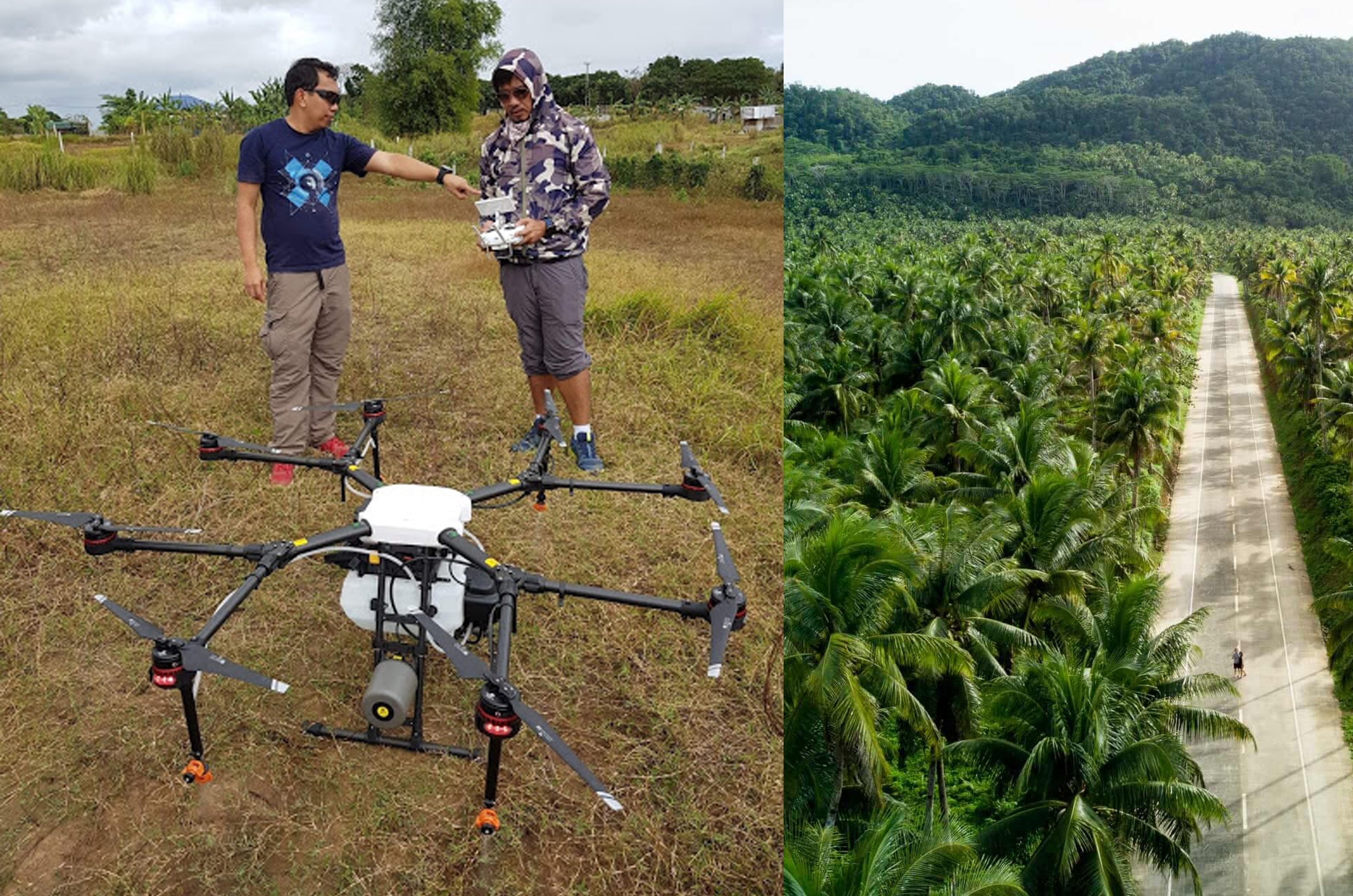
The Department of Agriculture (DA) is fast-tracking the development of a digital roadmap for the agri-fishery sector, aimed at accelerating the integration of digital technologies in the food value chain and logistics — benefiting both producers and consumers.
“To elevate our food adequacy levels, we really need to harness state-of-the-art tools, systems and technologies to modernize and industrialize Philippine agriculture,” Agriculture Secretary William Dar said.
“By digitalizing agriculture, our farmers and fishers can achieve bigger yields of higher quality products, at a more cost-efficient and sustainable manner, and processing and marketing them swiftly via online,” the DA chief added.
“This is our response to the challenge posed by Finance Secretary Carlos Dominguez to digitalize agriculture and ensure that there would be no disruptions in food production and logistics in the future,” Secretary Dar said.
Secretary Dominguez served as main guest and keynote speaker during the “State of Philippine Agriculture Report” of Secretary Dar, at DA-BSWM convention hall, on August 5, 2020, marking his first year of service as DA chief.
In his “streamed” address from the DOF office in Manila, secretary Dominguez said: “When the lockdowns were at their most restrictive, we saw spontaneous responses that directly linked farmers to our consumers. These responses underscore the need to further digitalize our agricultural systems.”
“The more we digitalize, the less we will also need physical stores for our agricultural products. The expanded market access and reduced logistics and storage costs that digitalization allows will make agriculture more rewarding for our farmers and agripreneurs,” added Dominguez, who served as DA chief during the term of President Corazon Aquino.
More importantly, he said: “Digital marketing will also support our efforts to boost consumer spending, as it allows consumers to access fresh produce without having to congregate in traditionally crowded public markets. It also provides the transport sector, which has shifted to doing deliveries, with much-needed business.”
“Further, new technologies can help predict weather patterns, and help identify climate-determined comparative advantages in terms of crops,” he said, agreeing with the DA chief that the only way the country’s agriculture will be competitive is to increasingly mechanize farm systems.
For his part, Secretary Dar said: “The COVID-19 pandemic highlighted the need for continuous improvements in data science and technological innovation capability of our farmers and fisherfolk.”
“We have to make the right investments today, especially in digitalizing Philippine agriculture, to directly and swiftly benefit farmers, fishers, agripreneurs, and consumers,” he added.
For one, the DA’s Information and Communications Technology Service (ICTS) has started upgrading the agency’s management information system, including the farmers’ and fisherfolk’s registry system (FFRS) and the farmers’ interventions monitoring system (FIMS).
Subsequently, the digitalization program facilitates real-time and efficient recording of agri-fishery information, and monitoring and evaluation reports of different DA projects, Secretary Dar said.
The DA is also ‘cleansing’ and updating the Registry System for Basic Sectors in Agriculture (RSBSA) or farmers’ registry. A registered farmer qualifies him to avail of assistance from the DA.
The initial number of farmers listed in the RSBSA totals about 1.4 million, said Dennis Layug, DA senior adviser on information technology and farm digitalization.
He said the DA-ICTS will fast- track the validation and updating using digital technology and aims to complete the registration process of some 10 million farmers nationwide next year.
Also, through the farmers’ interventions monitoring system, Layug said DA officials are better and regularly informed if the intended beneficiaries have received assistance like seeds, fertilizers, farm machinery, and other services, thus minimizing the risk of corruption and other malpractices. The system also paves the way for more efficient planning and decision-making by DA officials. ### (DA StratComms)













